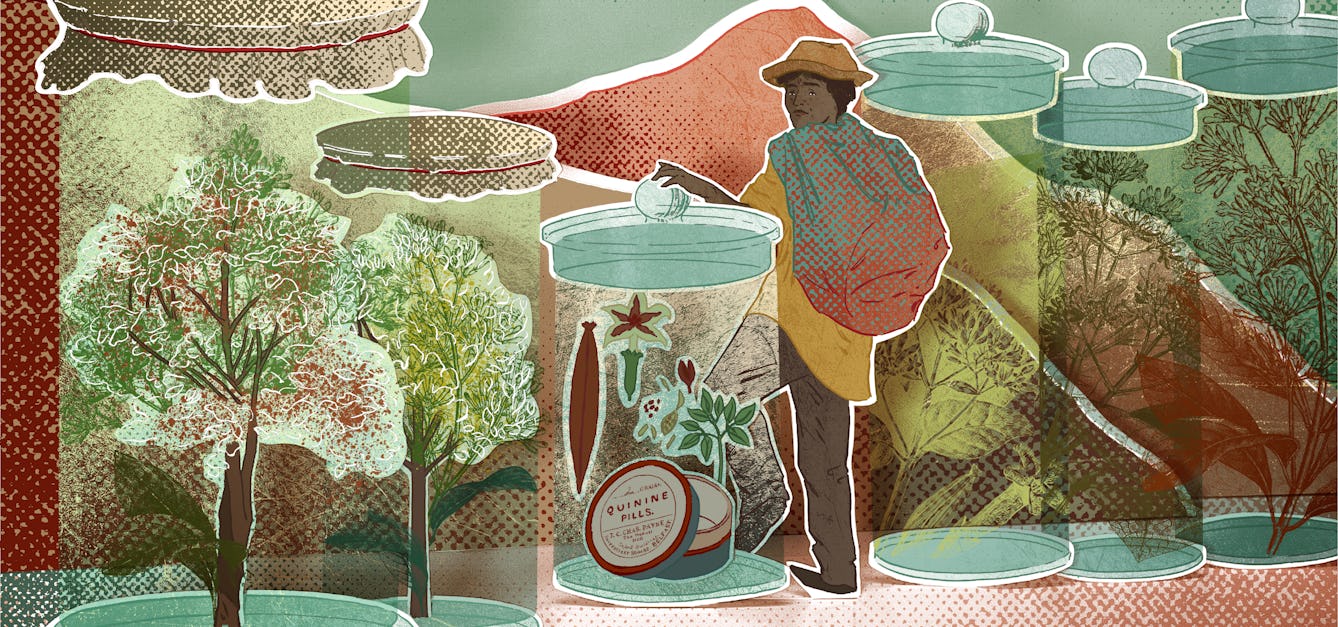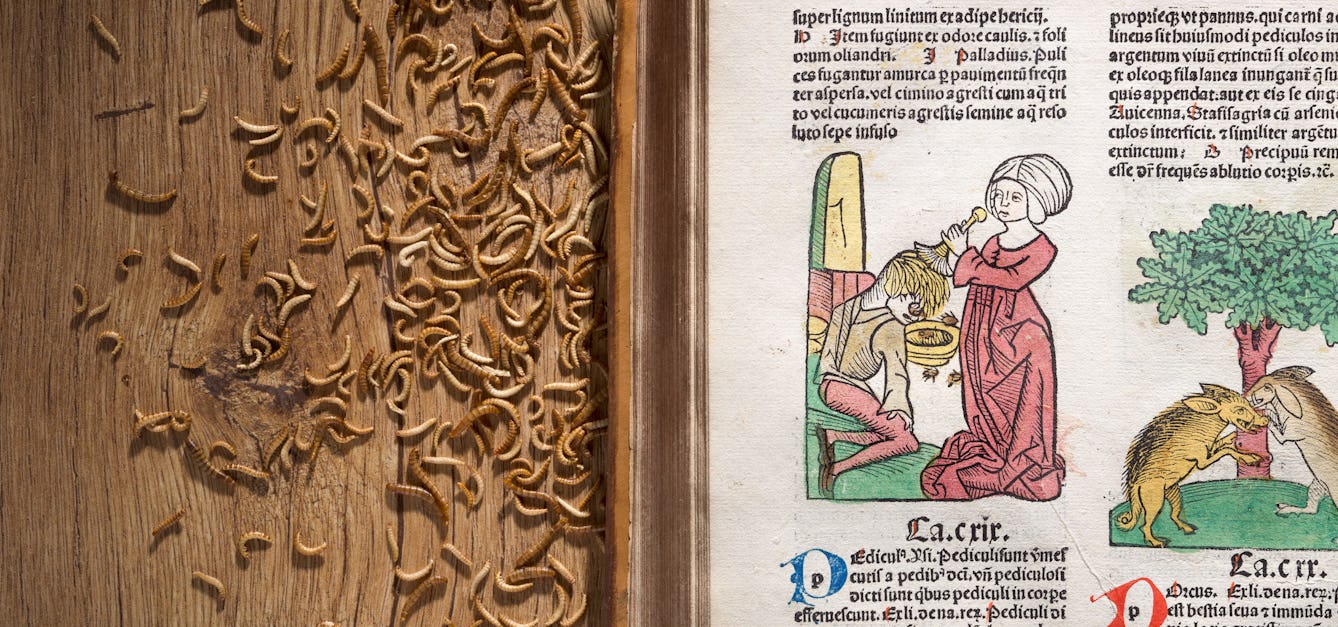Stories

- Article
Hunting lost plants in botanical collections
A bark specimen at Kew recalls the story of a South American man who harvested the most potent source of the only effective malaria treatment available in the late 1800s. Killed for his work and forgotten by history, Manuel Mamani was a victim of the colonial juggernaut.

- Article
Unravelling genetic origins from the potato to cinchona
Starting with the humble potato, Nataly Allasi Canales reveals how researchers unearth the genetic origins of modern plant varieties, and explains why their work is so important for biodiversity.

- Article
Parasites and pests from the medieval to the modern
Humans have been reluctant hosts to a plethora of unpleasant parasites for centuries. And medieval evidence shows our modern distaste for these little irritations is just as ancient.

- Article
Chillies and the trouble with Scoville
Measuring the heat of these peppers can leave you a little lukewarm.
Catalogue
- Books
Plant varieties rights and genetic resources.
Date: [1983]
- Digital Images
- Online
Chinese Materia medica, C17: Plant drugs, Thistles
- Books
Intellectual property rights, trade, and biodiversity : seeds and plant varieties / Graham Dutfield.
Dutfield, Graham.Date: 2000- Books
Patentability and EC proposals on plant varieties / Chartered Institute of Patent Agents.
Chartered Institute of Patent Agents (London, England)Date: 30 cm
- Pictures
- Online
Aubergine or egg plant (Solanum melongena): fruits of different varieties. Chromolithograph, c. 1870, after H. Briscoe.
Briscoe, H.Date: [1870]Reference: 26150i









